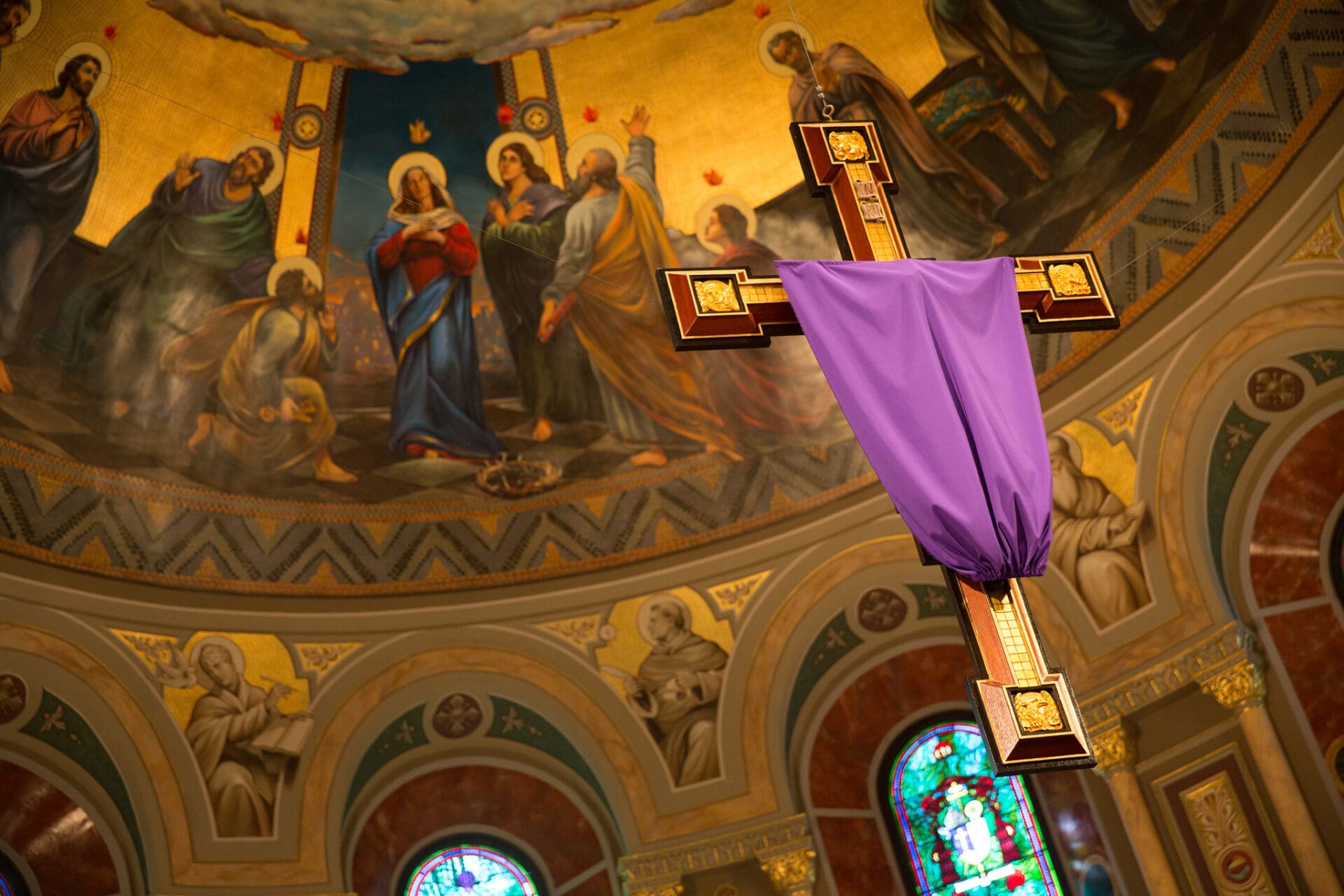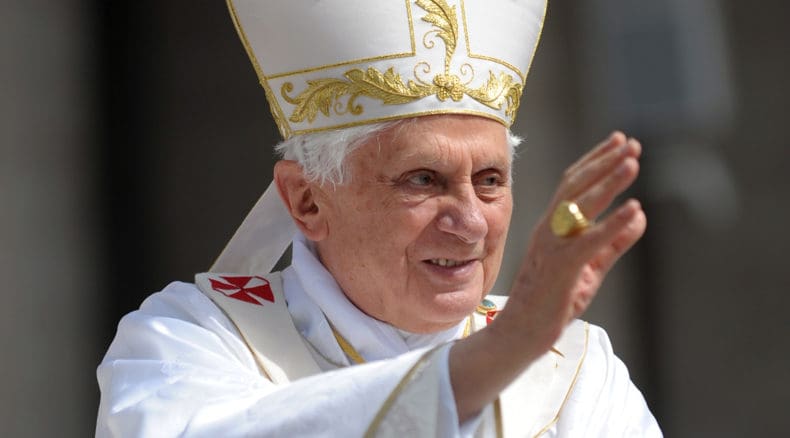Q: The General Instruction of the Liturgy of the Hours speaks of a “Supplement,” “Optional Lectionary,” and “special appendix.” Where are these to be found?
A: With the immense number of new liturgical texts that were prepared in the years following the Second Vatican Council, it should come as no surprise that certain lacunae appear from time to time. For example, the Ceremonial of Bishops refers to a ritual for public prayer after the desecration of a church (chapter 20), but no such rite has ever been promulgated. Likewise, the Ceremonial encourages the blessing of episcopal liturgical items (no. 569), although the current rites of the Roman Pontifical do not contain this blessing.[1] But perhaps the most notable of these “missing texts” are those mentioned in the General Instruction of the Liturgy of the Hours (GILH).
The most significant missing text of the Liturgy of the Hours is the supplementary or optional Lectionary mentioned in GILH nos. 145 to 152 and again at no. 161. When the experts were reforming the Divine Office, there was significant debate over what to do with the office of Matins, which had its origins in monastic prayer during the night. The reformers encountered tensions between competing goods: 1) a desire to keep the book to a practical length but also a desire to make a broader selection of Scripture available, and 2) a desire to emphasize the Church’s treasury of Patristic writings while also providing the clergy and faithful with a generous collection of spiritual and hagiographical texts. In the end, practicality won out and the new hour entitled “the Office of Readings” was designed to be roughly the same length as Morning and Evening Prayer, and it was limited to a single cycle of Scriptural and mostly-Patristic ecclesiastical writings.
However, as a compromise, there emerged a plan to offer an optional Lectionary for the Office of Readings that would provide a two-year cycle of Scripture readings and a wider selection of ecclesiastical texts that could be chosen when praying this hour. This intention is reflected in the above-mentioned paragraphs of the GILH—except that the Holy See never promulgated the book. A draft list of the Scripture passages was published in the Congregation for Divine Worship’s journal Notitiae in 1976, but the project was never completed. Various Bishops’ Conferences, religious communities, and publishers have produced versions of an optional Lectionary for the Office of Readings, so in some sense the vision of the reformers came to fruition, at least in a limited way. However, the Holy See appears to be in the midst of preparing an official Lectionary for the Liturgy of the Hours and the day may arrive when those “missing” references in GILH nos. 145 to 152 and no. 161 finally have a concrete point of reference for the universal Church.
A second notable missing text is a “supplement to the Liturgy of the Hours” said to contain Psalm-prayers that can accompany each Psalm, mentioned in GILH no. 112. When the arrangement of the Psalmody in the new Liturgy of the Hours was being debated, some of the experts argued that praying Psalms one after another can be difficult. To mitigate this challenge and deepen the experience of prayer, they proposed a short meditative prayer between the Psalms. Other experts disagreed, so by way of compromise it was decided that a collection of Psalm-prayers would be published separately for optional use.
Hence, the Latin edition of the Liturgy of the Hours does not include Psalm-prayers amidst the Psalmody—but the Holy See hasn’t yet published the intended supplement that would make them available. However, those who pray the U.S. edition of the Liturgy of the Hours know that there are indeed Psalm-prayers interspersed throughout the four-week psalter approved for use in this country. This is because the International Commission on English in the Liturgy (ICEL) obtained a draft of the prayers from the Holy See and prepared translations, which were then approved for use by several of the bishops’ conferences that use ICEL translations, including the United States. The U.S. bishops have indicated that the next edition of the Liturgy of the Hours will probably not include these Psalm-prayers.
Finally, another reference in the GILH that might seem mysterious is the mention of a “special appendix” in no. 73, for use when observing the Office of Readings as an extended vigil on Sundays, solemnities, and feasts. Perhaps ignored by most users of the book, there is indeed an appendix containing this material—namely, the first appendix in each volume of the U.S. edition. Between the second reading of the Office of Readings and the Te Deum, the hour can be lengthened by the insertion of canticles and a Gospel reading found in the appendix.
This option is the result of another compromise. The experts reforming the Divine Office did not want the Office of Readings to be overly long, so that it would not be a burden to priests charged with pastoral ministry. Some of the experts, however, felt that some, such as contemplative religious and retired priests, might appreciate the ability to observe these more important days in an expanded way. The solution agreed upon was to relegate the material to an appendix of the book and leave it as an option.
Perhaps future updates will account, one way or another, for the lacunae in the liturgical books. Until then, they remain interesting witnesses to the fact that things in this world do not always work out as we intend.
—Answered by Father Andrew Menke,
Executive Director of the USCCB’s Secretariat of Divine Worship
Actually, the first post-Conciliar edition of the rites of Ordination (1968) did contain a blessing for episcopal insignia, but it was removed from the second edition (1990); the Ceremonial of Bishops (1983) has not been updated in this regard. ↑

